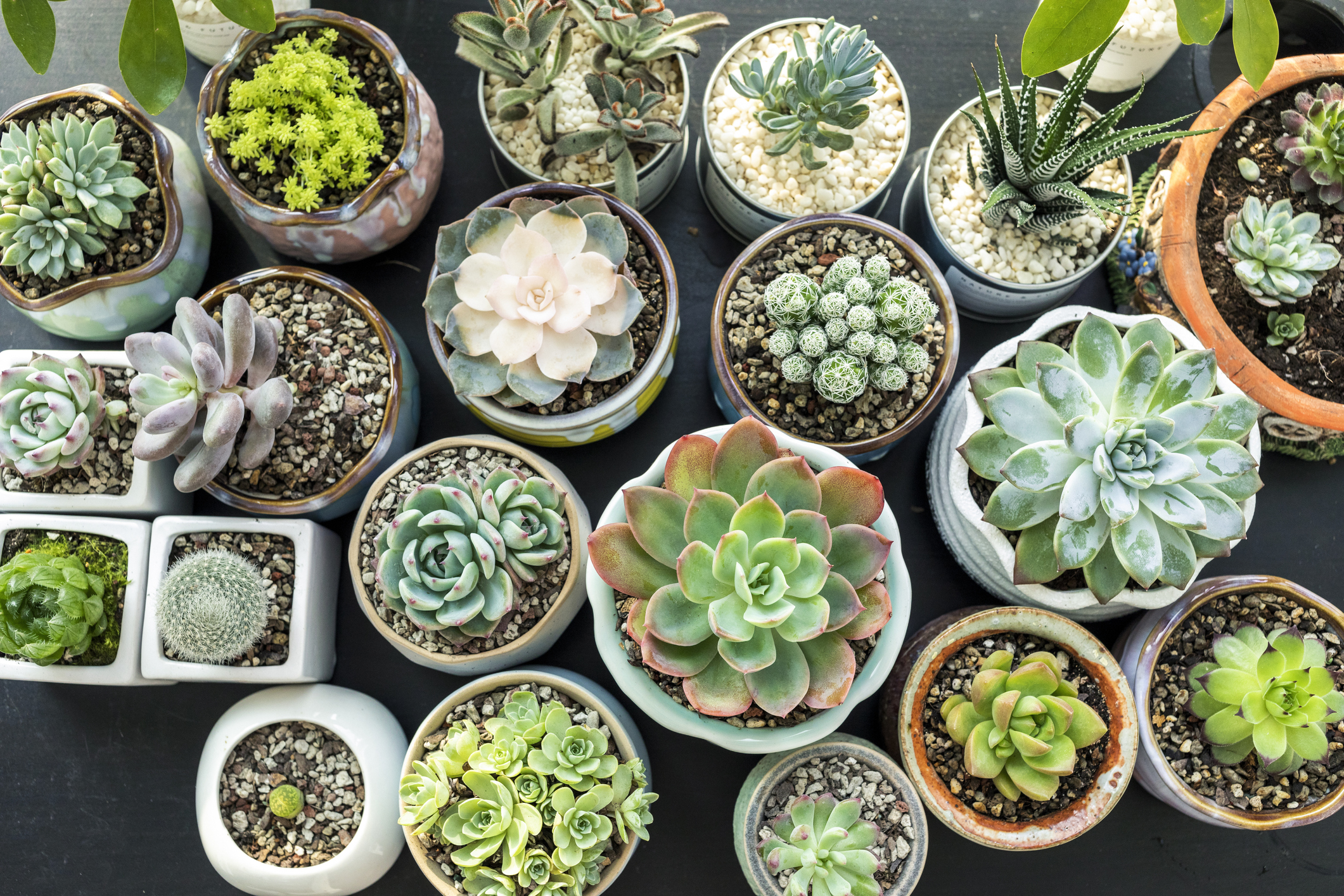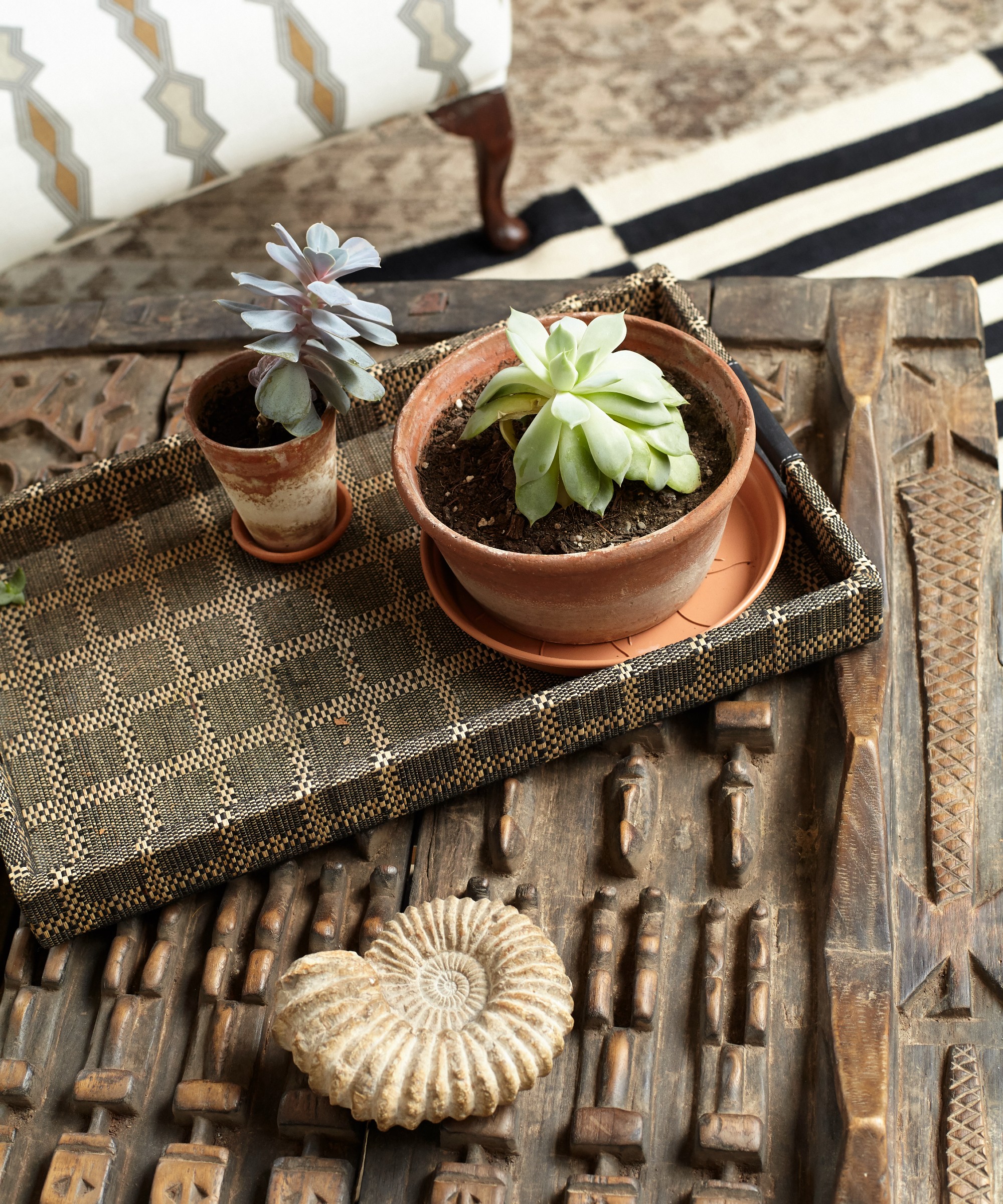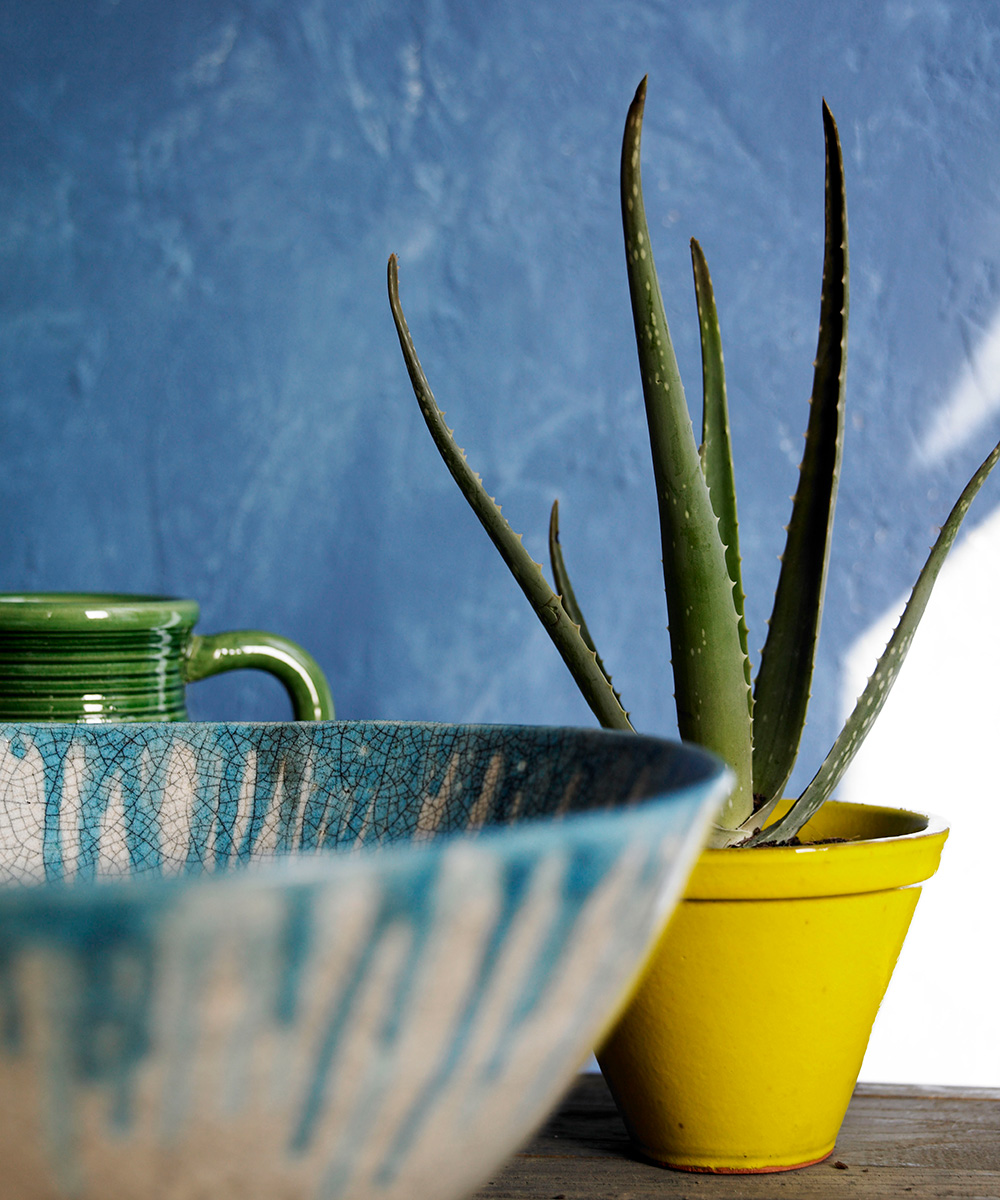Why is my succulent dying? Here's why – and 3 ways to revive your plant
This is why your succulent may be dying – and how to overcome the problems – for plants that look good for longer


Succulents are admired for their air-purifying qualities, their good looks – and above all – their convenience. These plants are easy to grow and (supposedly) even easier to care for – so why is your succulent dying?
According to experts, there are three main reasons your succulents may die: overwatering, poor lighting conditions, and high temperatures. Therefore, knowing how to care for succulents properly is key. Here's what you need to know – for plants that will stay green throughout the seasons.
Why is my succulent dying? 3 problems to watch out for

The secret to success involves regulating temperature, lighting, and knowing when to water succulents. Here's what the experts want you to know.
1. High temperatures
Gardening expert Richa Kedia from Simplify Plants warns that high temperatures may be causing your succulents to die. Therefore, you may need to be mindful of your plant's placement, especially if you live in an arid and warm-climate region.
'To save a dying succulent, you can correct the watering and move them to a spot that gets 3-4 hours of direct sunlight. If you live in a warm climate, keep them in a room where you use air conditioning,' Richa says. 'After moving my succulents from my living room (which can get quite hot during summer) to my home office (where I frequently use air-conditioning), the plants [were] much better.'
2. Overwatering
Overwatering is one of the most common reasons why your plant may not look happy, such as your succulent turning yellow. This is especially the case in cooler months when the problem is less likely to be overheating – so if you're wondering how to care for succulents in winter, it's important to take note.
'When it comes to watering, you generally only need to water succulents once every 1-2 weeks because they are drought-resistant plants, says garden expert Jeremy Yamaguchi from Lawn Love. 'You should only water your succulents when their soil is completely dried out to ensure that you aren't overwatering – which is much more common than underwatering.'
In spring and summer, your succulents will grow the most, so they need more water in these seasons. However, they are dormant in winter and will only need water every couple of weeks.

3. Lighting
Incorrect lighting is another reason why your succulents may be dying. Richa recommends a ratio of 2-4 hours of direct sunlight and 4-6 hours of indirect light for healthy succulent growth.
'If you live in [a particularly sunny area], where the succulents might get intense sun at noon, then keeping them in the east-facing window for the morning sun would be an ideal choice,' the expert suggests.
How do you save a dying succulent?
It is possible to save a dying succulent – but you need to ensure the plant receives the correct light and water levels quickly.
'To save a slightly overwatered succulent, you need to move them away from intense sun and keep them in an east-facing window where they get mild morning sun. Make sure the area is dry and well-ventilated,' Richa explains.
However, if your overwatered succulent is already wilting, you should re-pot the plant to support its new life. The expert suggests removing any excess soil and letting the roots air-dry. After 2-3 days, you can re-pot the plant in the fresh potting mix – but refrain from watering them for the next 5-7 days.

Can you revive a dying succulent?
While it is possible to save a dying succulent with the method above, it may be hard to revive a plant that is about to die completely. If this is the case, propagating the leftover healthy leaves is the only choice.
The process begins with knowing how to take plant cuttings. Then you should lay the healthy leaves over a well-drained soil and mist them when the ground gets dry. 'Within a few weeks, the leaves should have healthy roots coming out,' Richa says.
How do I know if my succulent is overwatered?
H&G's gardening expert Rachel Crow warns that the leaves will discolor when your succulent is overwatered. 'The leaves may appear more yellow, and they will become softer and more translucent. They may also appear to droop under their weight compared to those that have received the correct water and lighting levels.'
Sign up to the Homes & Gardens newsletter
Design expertise in your inbox – from inspiring decorating ideas and beautiful celebrity homes to practical gardening advice and shopping round-ups.

Megan is the Head of Celebrity Style News at Homes & Gardens, where she leads the celebrity/ news team. She has a history in interior design, travel, and news journalism, having lived and worked in New York, Paris, and, currently, London. Megan has bylines in Livingetc, The Telegraph, and IRK Magazine, and has interviewed the likes of Drew Barrymore, Ayesha Curry, Michelle Keegan, and Tan France, among others. She lives in a London apartment with her antique typewriter and an eclectic espresso cup collection, and dreams of a Kelly Wearstler-designed home.
-
 Orange and green is the bold color pairing quietly transforming homes in 2025 – here's 4 reasons why
Orange and green is the bold color pairing quietly transforming homes in 2025 – here's 4 reasons whyInterior designers are making the orange and green combination work wonders – this is how you can too
By Sophia Pouget de St Victor Published
-
 This Michelle-Pfeiffer-approved chair is made of a forebodingly unusual material, opening the debate: Is it a rustic stunner, or a danger to sitters?
This Michelle-Pfeiffer-approved chair is made of a forebodingly unusual material, opening the debate: Is it a rustic stunner, or a danger to sitters?The actress took to Instagram with a chair made of a controversially sharp material – and fans are unsure of how they feel about it
By Sophie Edwards Published